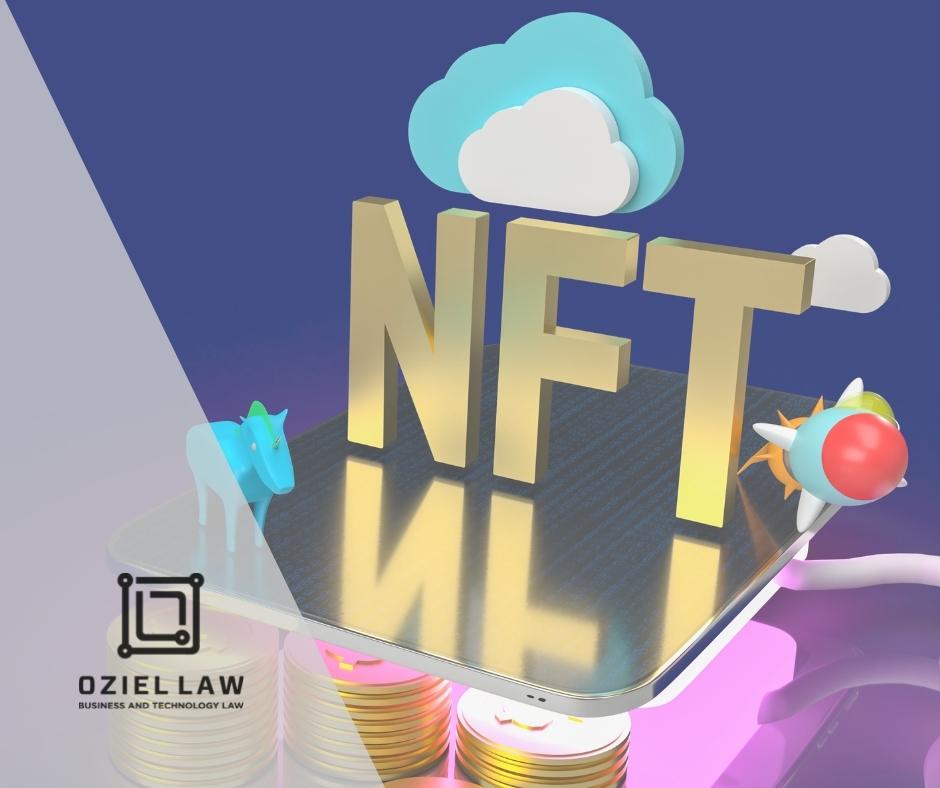Copyright Considerations in the Realm of NFTs and the Metaverse
There has been much talk and many headlines about non-fungible tokens (“NFTs”) and their potential to change the way we view ownership and value in the digital realm. Perhaps you read about NFTs in the news, like when digital artist Beeple sold his “Everydays: The First 5,000 Days” digital art piece as an NFT for USD $69 million at a Christie’s auction[1], or when Larva Labs’ “CryptoPunk #7253” sold for USD $11.8 million at Sotheby’s.[2] There are even video clips and sports highlights being minted and sold as NFTs, including a LeBron James highlight that sold for USD $200,000.[3]
What are NFTs?
Where the most common manifestations of NFTs are in the form of digital art or digital collectibles, an NFT at its core is a one-of-a-kind immutable asset that is linked to a blockchain. Unlike cryptocurrencies like Bitcoin or Ethereum that are “fungible” to the extent that they can be replaced or exchanged with another currency of equal value or used for commercial transactions, NFTs are unique cryptographic assets that bear distinctive metadata which distinguishes them from other non-fungible tokens.
There is therefore an inherent scarcity to an NFT, and an NFT’s ownership is linked in an uncontroverted matter to its owner. These features are being recognized for their transformative value in gaming, where players can purchase and own exclusive digital assets in the form of NFTs, such as unique weapons, virtual clothing for playable characters, skins or sprites, avatars, virtual accessories and objects, and even virtual plots of land. This is especially true in the metaverse. Games like The Sandbox are enabling users to purchase NFTs on their “NFT Marketplace”, allowing players to purchase unique assets in exchange for cryptocurrency.[4] A similar marketplace exists on Decentraland[5], among other platforms.
Interestingly, a number of these competing metaverse-type environments are utilizing their own in-game tokens or currencies that power their meta-economies, which can be used to purchase in-game assets and NFTs. Users on the Sandbox platform, for example, use SAND as an in-world currency, whereas the currency purchased and used by Decentraland users is MANA. Both are Ethereum tokens. Recently, these currencies have gained momentum and value, in part due to the buzz surrounding Facebook’s (now Meta) bullish take on the potential of the metaverse. Where the value of these currencies has heightened, so too have the NFTs tied to them.
Ownership and Copyright
Unlike Siths, NFT marketplaces and digital art creators do not always deal in absolutes: you may be the owner of an NFT, but that does not mean you necessarily own all aspects of the digital art that was purchased. Copyright might in fact limit the things you can, and can’t do, with your purchased asset.
In Canadian and American law, copyright is best understood as a “bundle” of rights, automatically conferred upon the creator of the copyrighted work. With some nuances and caveats, this bundle largely includes the right to reproduce or copy the work, the right to modify the work, and the right to display the work publicly. Copyright also conveys the right to license the work, or in other words, the right to govern the manner in which others can use the copyrighted work or avail themselves of some of the rights conferred to the owner of the copyright in certain prescribed circumstances.
Why is this relevant for NFTs? While you may have purchased the only existing NFT of, say, a highlight of a prolific basketball player dunking on an opponent, you may not have the right to reproduce or modify that clip or use it in your own marketing materials. In fact, without obtaining the appropriate licenses from the copyright holders of the clip, such actions can actually amount to copyright infringement or a breach of your obligations to the NFT vendor. In the case of NFTs purchased from NBA Topshot, this is certainly the case, as their terms of use concerning NFTs restrict the ownership of NFT highlights so as to prevent their modification or use in marketing efforts.[6]
What’s Next
There remains much to be seen, and determined, with respect to the ownership, trade, and valuation of NFTs, as well as the forms of tensions that will arise in competing spheres of ownership. This will certainly be the case where NFTs are minted and sold in the absence of robust licensing agreements drafted by sophisticated parties. What is for certain, however, is that this is a quickly evolving space, and we are collectively eager to see the law evolve and adapt to these novel (meta) realities.
* * *
If you have any questions about this article or wish to learn more, please contact Massimo Orsini or Allan Oziel. Oziel Law communications and legal articles are intended for informational purposes only and do not constitute legal advice or an opinion on any issue. To obtain additional details or advice about a specific matter, please contact our lawyers.
For permission to republish this content, please contact us at info@oziellaw.ca.
[1] Christies, “Beeple’s Opus: Created over 5,000 days by the groundbreaking artist, this monumental collage was the first purely digital artwork (NFT) ever offered at Christie’s”, online: <https://www.christies.com/features/Monumental-collage-by-Beeple-is-first-purely-digital-artwork-NFT-to-come-to-auction-11510-7.aspx>, last accessed November 21, 2021.
[2] Reuters, “’CryptoPunk’ NFT sells for $11.8 million at Sotheby’s”, online: <https://www.reuters.com/technology/cryptopunk-nft-sells-118-million-sothebys-2021-06-10/>, last accessed November 21, 2021.
[3] CNBC, “People have spent more than $230 million buying and trading digital collectibles of NBA highlights”, online: <https://www.cnbc.com/2021/02/28/230-million-dollars-spent-on-nba-top-shot.html>, last accessed November 21, 2021.
[4] The Sandbox, “Welcome to the NFT Marketplace”, online: <https://www.sandbox.game/en/shop/>, last accessed November 21, 2021.
[5] Decentraland, “Decentraland Marketplace”, online: <https://market.decentraland.org/>, last accessed November 21, 2021.
[6] NBA Topshot, “Terms of Use”, online: <https://nbatopshot.com/terms>, last accessed November 21, 2021.



